The New Postural Assessment
The emerging standard of muscular assessment.
Continue ReadingCycle Everything!
Intermittent Carbing and other powerful cycles.
Continue ReadingModified Intermittent Fasting II
Intermittent Fasting for athletes and muscle/strength enthusiasts.
Continue ReadingThe Dragon Slayer
Adds pounds of muscle with bodyweight squats.
Continue ReadingModified Intermittent Fasting
Intermittent fasting (IF) is a popular method of dietary regulation. Its most common form features a fasting period of sixteen hours alternated with a feeding period of eight hours. From a physiological perspective, IF causes weight loss with the associated health benefits. From a behavioural perspective, IF is easy to sustain as it requires minimal calorie counting and food restriction. Most importantly, unlike other diet plans, IF results in daily fullness (since a whole day of eating is crammed into an eight hour period). Unfortunately, IF is a poor choice of dietary regulation for serious anaerobic athletes as fasting periods interfere with maximal muscle protein synthesis (MMPS). MMPS (the greatest rate of muscle development) is necessary for maximal performance, recovery and definition. It requires a total protein intake of 1.6 to 2.2 grams per kilogram body weight¹ spread evenly (in doses ranging from 4 to .55 grams per kg body weight¹) throughout the day. Can the benefits of IF be combined with the requirements of MMPS?
Proponents of strict fasting argue the practice improves insulin efficiency, maintains daytime energy levels and allows fat loss (amongst other things). A modified version of IF would involve substituting strict fasting periods with protein periods to accommodate MMPS. Although sacrilegious to fasting fanatics, protein periods (featuring low or no carbohydrates) would still improve insulin function, maintain alertness and allow fat loss to occur (especially if the usual eight hour feeding period were reduced). Protein does not result in significant changes in blood sugar and is associated with improved insulin sensitivity. Besides, our bodies are store houses of readily accessible protein, carbs, fats and toxins – does a truly fasted state (as espoused by strict fasting zealots) really exist? In addition to those benefits already mentioned in regard to MMPS, a higher protein intake would also result in greater feelings of satiety and provide more protein derived nutrients (such as creatine, carnitine, carnosine, heme iron, immunoglobulins, dha/epa, K2, D3 etc.). I have been using a modified version of intermittent fasting (MIF) ever since Ori Hofmekler disclosed the concept of the Warrior Diet. Both simple and advanced renditions of MIF have resulted in dramatic AND sustainable changes in myself as well as clients. Below is an outline of a MIF plan without specific food or supplement recommendations (suitable for a 175 lb individual).
Modified Intermittent Fasting Protocol
Breakfast
30 grams protein
Three hours later
30 grams protein
Three hours later
30 grams protein
Three hours later
30 grams protein
Three hours later
6 hour “open” feeding period
(including 55 grams of protein to meet the day’s total protein requirement )
***make sure you consult with a registered dietician before starting or changing a diet plan***
A compromise between MMPS and intermittent fasting is possible. MIF retains much of the flexibility, convenience and satisfaction of the most popular mode of IF and includes the result boosting power of MMPS. For serious anaerobic athletes there exists no other way!
- Brad Jon Schoenfeld and Alan Albert Aragon, “How much protein can the body use in a single meal for muscle-building? Implications for daily protein distribution,” International Journal of Sports Nutrition, 2018, 15:10.
Why Cross Training Sucks (BJJ oriented)
BJJ enthusiasts are obsessed with the idea of improving their success in the sport. In the hind regions of their brains are memories of individuals with athletic backgrounds having a distinct advantage on the mats. With these memories as motivation, BJJ students will try any physical activity that inspires visions of glory. Popular choices include cross fit, gymnastics, rock climbing, bodybuilding, powerlifting, functional training and olympic lifting. Unfortunately, instead of glory, the result of cross training in other sports is always more fatigue, more injury and greater poverty. Cross training, or the participation in a sport for the sake of improving another sport, sucks for many reasons. Chief amongst these reasons is lack of specificity, superfluous strain and disregard for individual needs.
Specificity is a term more BJJ students need to become familiar with. Physical activities, are distinct because of their specialized muscular, metabolic and movement demands. These demands are far more specialized, or specific, then most people realize. For example, many BJJ students believe powerlifting or other basic strength training programs are valuable in regards to improving their strength on the mat. Unfortunately, these activities will give little return on invested effort. For starters, most lifting programs are based on muscular efforts which expose the core. Lifts like deadlifts, cleans, bench presses, overhead presses and squats result in the exposure of BJJ’s most valuable real estate – the space between our hips and armpits. BJJ fighters actually exert a lot of muscular effort trying to cover the core. We pull our knees to our chest to battle guard passers and we squeeze our elbows tight into our ribs to stop underhooks, chokes and arm attacks. The ability to squeeze our limbs towards our core is also critical for finishing chokes, armlocks and for controlling the back. Bodybuilders, power lifters, cross fitters and other strength training enthusiasts come to the dojo with great general strength and power but have gross deficiencies in regards to performance factors specific to BJJ.
Cross fit attracts many BJJ enthusiasts as it is a sport which values the development of a fuel tank which matches muscular horsepower. Unfortunately, any return on invested effort would be minimal and likely masked by overtraining. While some BJJ students find the ten to fifteen minute WODs help with stamina, WODs are preceded by a variety of exercises which are specific to cross fit and not grappling. Additional hours of weekly training (with irrelevant exercises) is not desired by bodies already strained by full time BJJ training.
Yoga is another activity popular with BJJ students. Most hope to become lethal contortionists with improved posture and recovery. Unfortunately, Yoga is dedicated to its poses and movements – not with BJJ positions and movement. My BJJ student John, joined a Yoga class in hopes of gaining more flexibility for his rubber guard and butterfly hooks. John soon discovered Yoga instructors are in the dark in regards to the guard game. Some yoga poses actually do stretch the specific muscles required for John’s BJJ ambitions but the class did not spend enough time focusing on them. Yoga has hundreds of other poses to prioritize. BJJ students will find it hard to address their posture and pain issues in a yoga class. Not everyone has the same posture type or the same issues. It is impossible to accommodate the needs of the individual in a large group.
Specificity guarantees that most sports and physical activities won’t match the demands of BJJ practice or competitions. The primary reason people with a sporting history often excel at BJJ is that they are gifted athletes. They are naturally able to adapt to physical activity and have high movement intelligence. Some of us are not as naturally gifted and require more effort to excel at a sport. Supplement deficiencies in your ability to express energy with strength and conditioning. Strength and conditioning is not cross training. It is physical activity dedicated to improving a chosen sport and is not a sport itself. A strength and conditioning program for BJJ is designed to focus on BJJ muscles, BJJ energy systems and is customizable to the needs of the individual athlete. High energy governed by maximum efficiency is unbeatable.
Tips For Summer Fat Loss Success
Without fail, at the change of season, hysteria grips the population. The removal of winter clothes triggers Extreme Self Consciousness Syndrome. The most common symptoms are the sudden urge to control calories and begin exercise. During this time of hysteria sufferers are especially vulnerable to gimmicks and gizmos. Follow the tips below and thrive while others suffer.
Commit to your mission:
Without fail, as soon as anyone sets a goal for themselves obstacles appear. Anticipate the usual setbacks; social occasions, travel, injuries, illness, stress, haters and saboteurs. Those whom are prepared will prevail! Instead of pacifying yourself with food deal with the important issues of the day and be confident in your ability to surmount adversity.
Limit the damage:
The first step for many clients is to limit their eating to between 2 pm and 10 pm. This strategy is effective for a number of reasons:
- Food cramming (squeezing a day’s diet into eight hours) causes fullness yet results in fewer calories being consumed.
- The body is given a longer period of time in a fasted state which has a number of benefits including improved insulin function
- Impulsive, unproductive grazing is eliminated
- When the opportunity to eat is restricted, people automatically become aware of every morsel that enters their mouth. This results in a well ruminated diet with consistent food choices and portions – the basis of a successful diet!
Base your diet on protein:
Protein is the fundamental food of choice for these reasons:
- During metabolism, 20 to 30 % of protein calories are lost to heat production (only 15 to 20% and 2 to 5 % for carbohydrates and fats respectively)
- Protein is more satiating than carbohydrates or fat
- A high intake results in simultaneous muscle mass increase and fat loss
- Nutrients (Vitamin B12, heme iron, zinc, carnitine, carnosine, glutathione, creatine, EPA, DHA, BCAAs etc.) derived from meat, fish and whey protein are vital for vigour and performance.
Recent evidence indicates .8 grams of protein per kilogram of bodyweight is not enough. Target between 1.6 and 2.4 grams of protein per kilogram bodyweight daily.
Target Glycogen Not Fat
Encourage your body to burn glycogen and it will respond by storing more glycogen. Encourage your body to burn fat and it will respond by storing more fat! Fat burning aerobic exercise reduces metabolic rate and diminishes muscle mass and power. Glycogen burning anaerobic exercise boosts metabolic rate and increases muscle mass. It also diverts calories from fat storage (in belly fat, hip fat etc.) to glycogen storage (in biceps muscle, butt muscle etc.). To ensure that your workout is burning glycogen and not fat keep exercise intensity above what can be sustained for two minutes. Take breaks that are both frequent and long enough to ensure maintenance of this intensity level. Activities conducive to anaerobic training include: sprinting, rowing and strength training.
Get Into Cyclical HIIT Training
High Intensity Interval Training rips fat off the body but sustaining peak volume is impossible. To avoid premature HIIT burnout, program your weekly volume progressively. Build to maximum levels and then reduce to beginning levels. Repeat this cycle according to tolerance. Below is an average example of this concept:
1 set is composed of a 30 second maximal or near maximal sprint followed by a 30 second walk. Make sure to warm-up prior to your first set!
Week 1 Week 2 Week 3 Week 4 Week 5 Week 6
6 sets 7 sets 8 sets 9 sets 10 sets 11 sets
Week 7 Week 8 Week 9 Week 10 Week 11 Week 12
12 sets 13 sets 14 sets 15 sets 6 sets 7 sets
ETC!
Do a lot of strength training:
Your muscles are sponges saturated with calories. Squeeze them dry and they will suck calories away from fat cells. Squeeze them too much, however, and their calorie sucking ability will be impaired. Maximize calories sucking ability by draining as many muscles as possible rather than pummelling a select few. The usual split of chest and triceps Monday, quads and abs Tuesday, back and biceps Wednesday, shoulders and traps Thursday, lower back and hamstrings Friday is inadequate. Far too few muscles are being drained of their glycogen. A more sophisticated program of sufficient variety looks like this:
Monday:
Back (Scapular Depressors)
Chest (Lower Fibres and Pec Minor)
Elbow Flexors (Supinators)
Triceps (Long Head)
Tuesday:
Quads
Adductors of the thigh
Calves (Supinators)
Wednesday
Shoulders (Medial Rotators)
Abs (Upper Fibres and Obliques)
Neck (Flexors) and Traps
Thursday:
Back (Scapular Retractors)
Chest (Upper and Mid Pec)
Elbow Flexors (Pronators)
Triceps (Lateral and Medial Heads)
Friday:
Low Back/Hamstrings
Abductors of the thigh
Calves (Pronators)
Saturday:
Shoulders (Lateral Rotators)
Abs (Lower abs and Hip Flexors)
Neck (Extensors)
Cook Enough for Leftovers
Pasta, rice and potatoes change molecular structure after they have been cooked and then allowed to cool. A large (10 to 50 percent!) portion of the original carbohydrate content gets converted to undigestible resistant starch. Monday’s pasta dinner, despite being of equal portion size, will have less fattening impact when consumed Tuesday night. Cooled foods can be reheated without affecting the molecular transformation.
REFERENCES
Keenan, M. J., Zhou, J., McCutcheon, K. L., Raggio, A. M., Bateman, H. G., Todd, E., … & Hegsted, M. (2006). Effects of Resistant Starch, A Non-digestible Fermentable Fiber, on Reducing Body Fat. Obesity, 14(9), 1523-1534
Layman, D.K.(2009). Dietary Guidelines should reflect new understandings about adult protein needs. Nutrition & Metabolism, 6(12), Lemon, P. (1998). Effects of exercise on dietary protein requirements. International Journal of Sports Nutrition, 8(4), 426-447.
Westerterp, K.R. (2004). Diet induced thermogenesis. Nutrition & Metabolism, 1, 1-5
Strength and Conditioning for BJJ – The Anti Kimura Muscles
Your arm is able to rotate outwards. It can do do this from a variety of positions and angles. The muscles that perform these functions are known as the external (or lateral) rotators of the humerus. BJJ aficionados should call them “anti-kimura” muscles. Regardless of name, they are crucial in a variety of situations:
1. They allow us to feel more confident when countering Kimuras, omoplatas, monoplatas or baratoplatas.
2. They give our shoulders stability when using a straight arm to pass, recompose the guard or post on the floor.
3. They reinforce the integrity of arm-frames when creating space against partners or posting on an elbow against the floor.
The biggest issue in regards to strengthening the lateral rotators is their complexity. Muscle fibres run in myriad directions to allow for a diversity of functions. Miss a muscle fibre in your strengthening program and your body will be missing a function. To get started, however, keep things simple and try the following three exercises.
1. Classic lying 90 degree raise (emphasis on the external rotators which also move the arm away from the body)
Essential cues:
- Elbow bent at 90 degrees
- Arm pivoting above ribs with neither forward or backward movement of humerus
- Do not rest the elbow on the ribs
2. Planted elbow raise (emphasis on the external rotators which also move the arm towards the body)
Essential cues:
- Humerus supported slightly in front of the body and slightly below parallel to the floor.
- Press the arm down into the support (firmly but not near maximal effort) as the humerus is being externally rotated
3. Multiple plane posting
Essential cues:
- Start in a perfect pushup position with the spine rock solid and the non working arm behind the lower back. Plant both hands on the floor if one is too difficult.
- Shift the whole body to move the shoulder carefully beyond the borders of the planted hand.
- Start with a shift behind the hand. Then in front, to the outside and to the inside. Hitting all four positions counts as one repetition.
***This is an advanced shoulder stability exercise and should not be performed more than twice a week. Only include it in your program for a four to six week period.
Feel stable and buy time (to find solutions) in bad situations. The anti-kimura muscles, while near invisible, are a major key to making BJJ fighters totally tenacious!
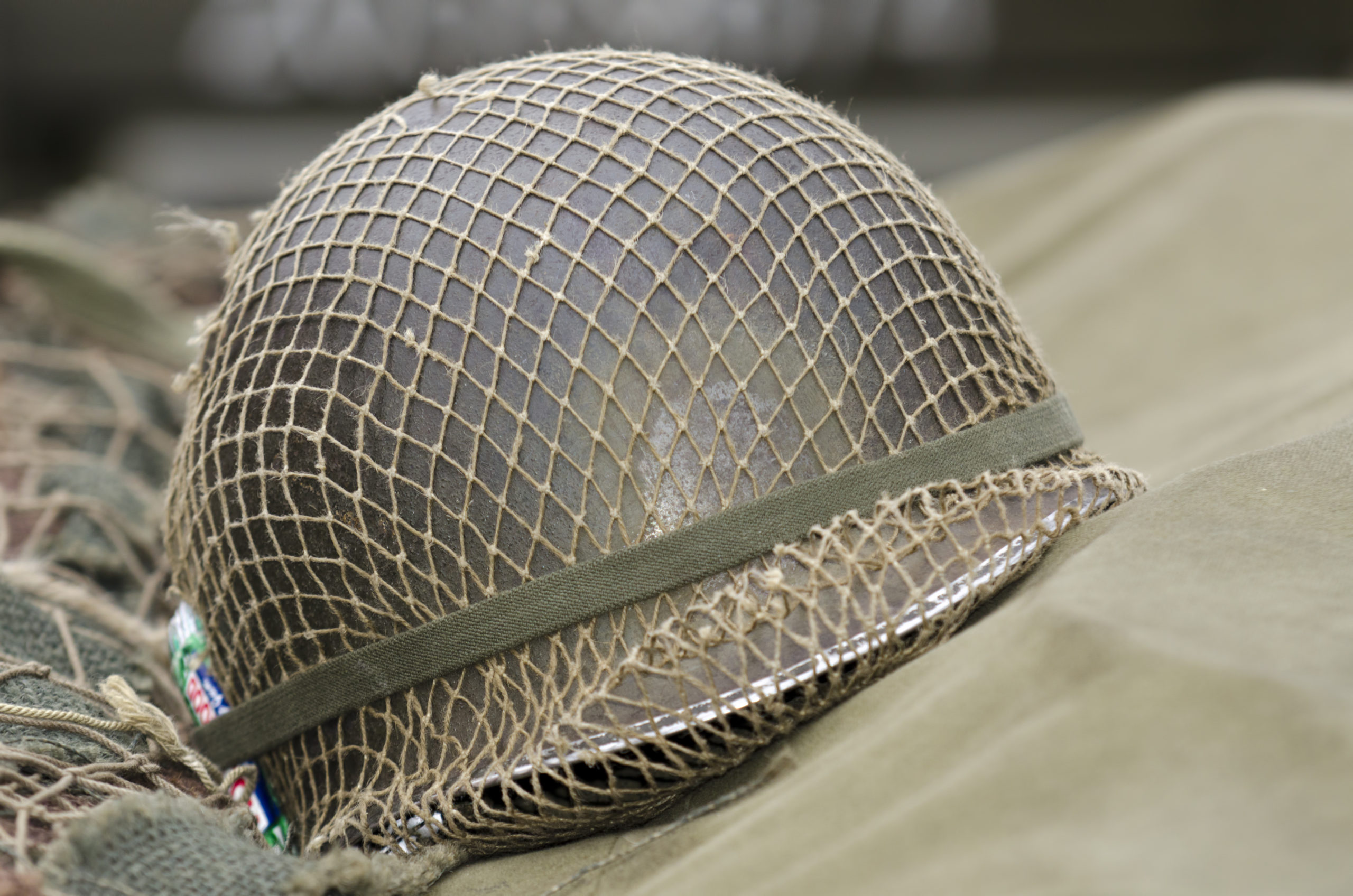
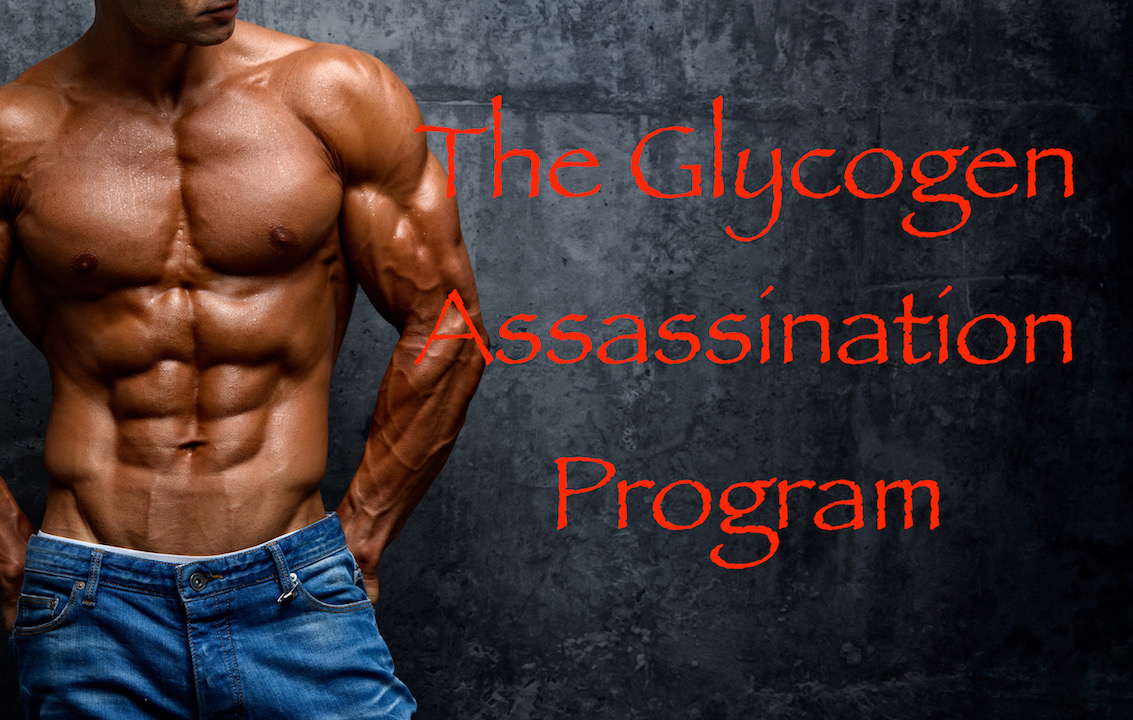
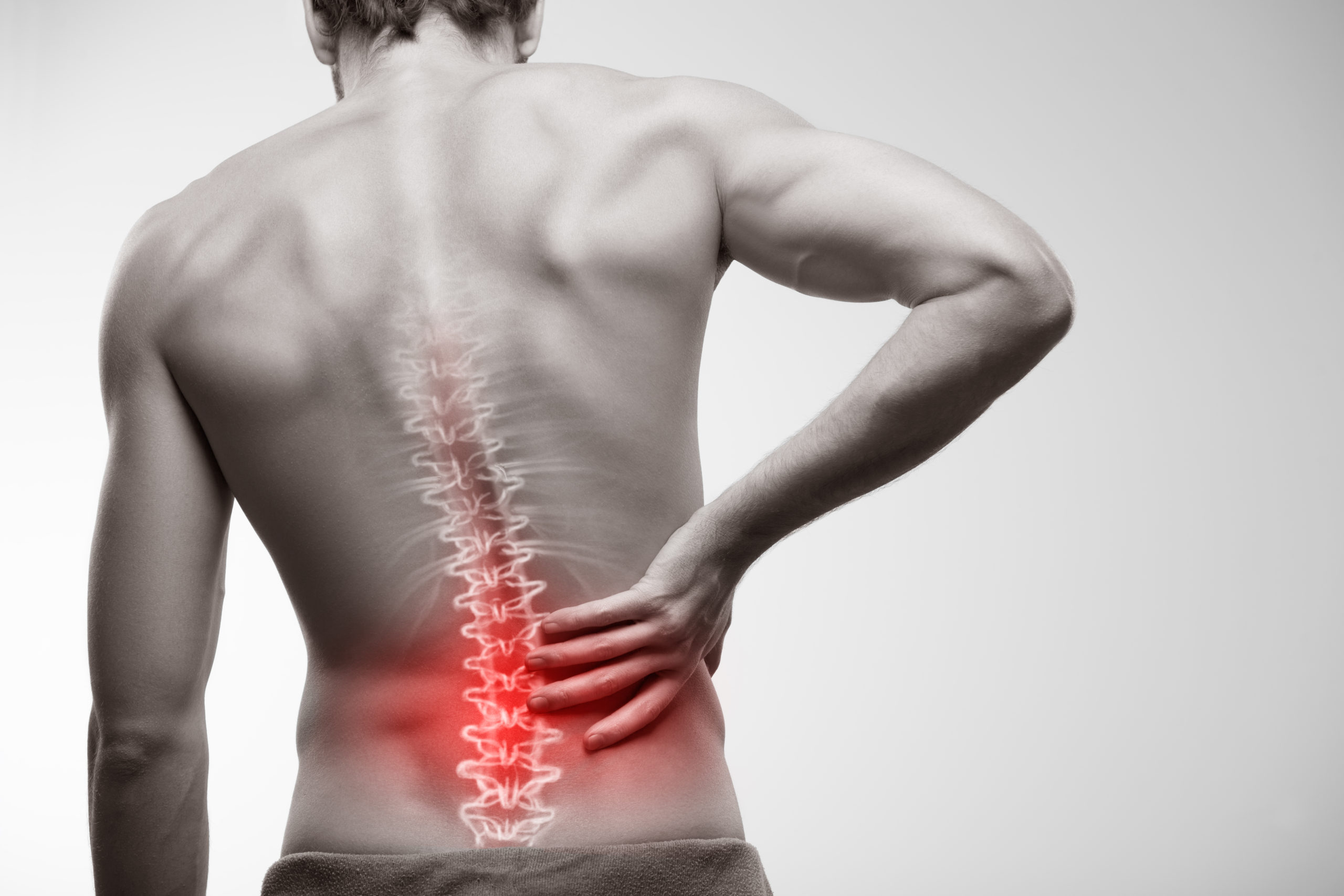
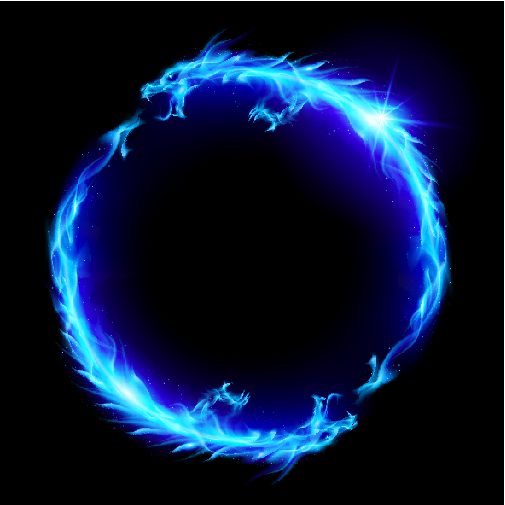


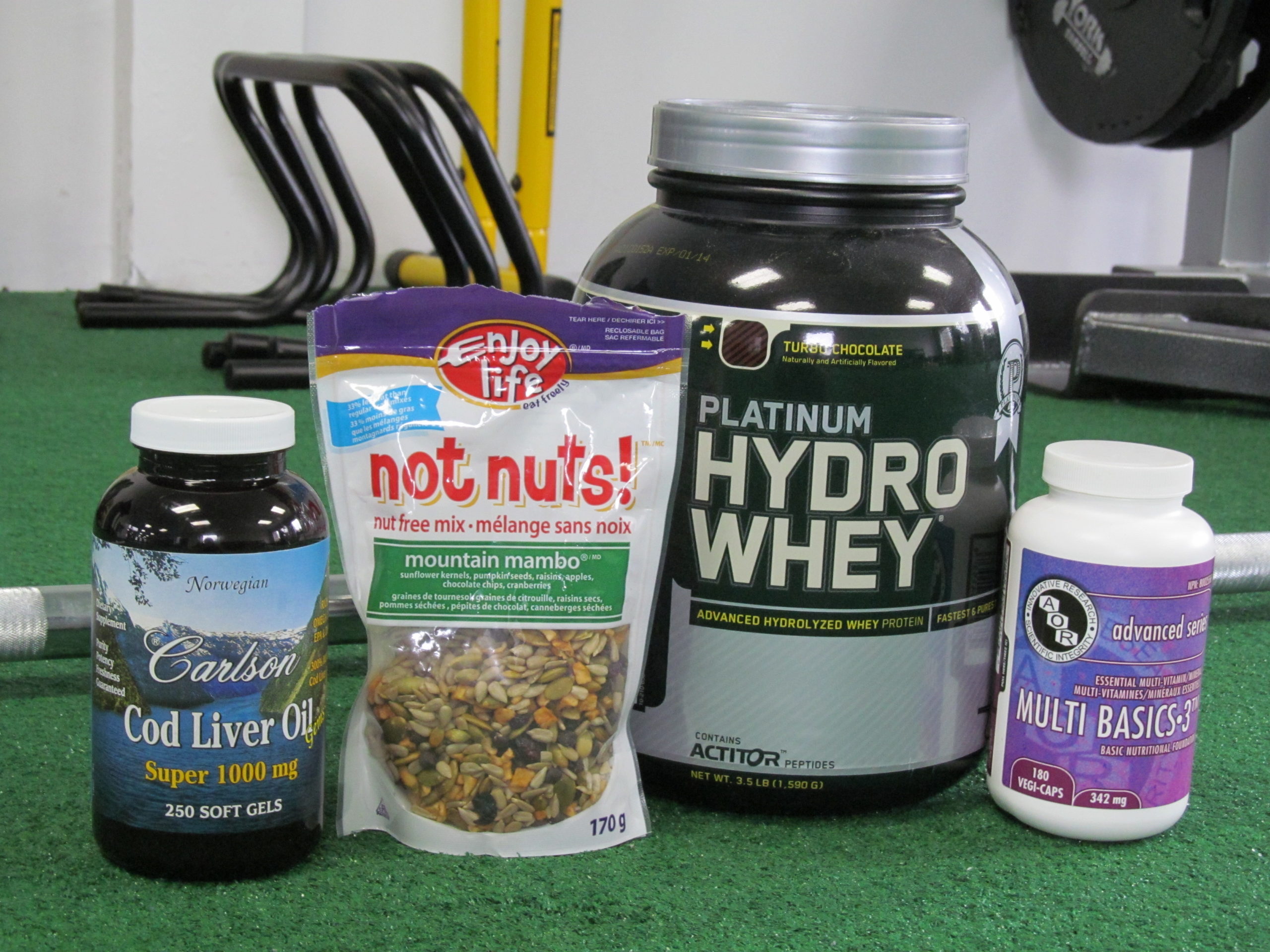
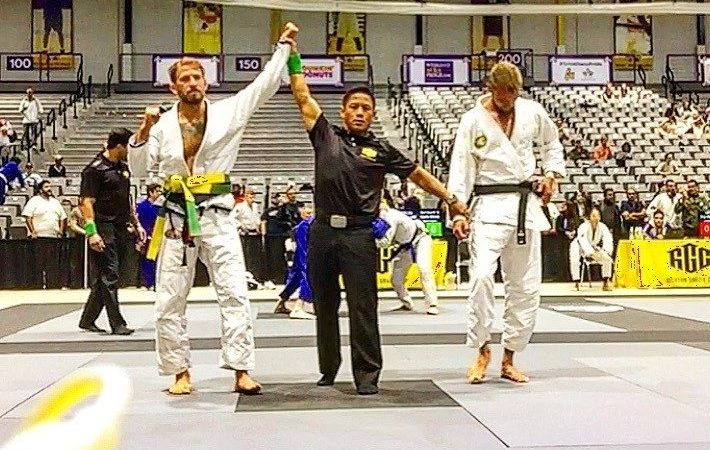

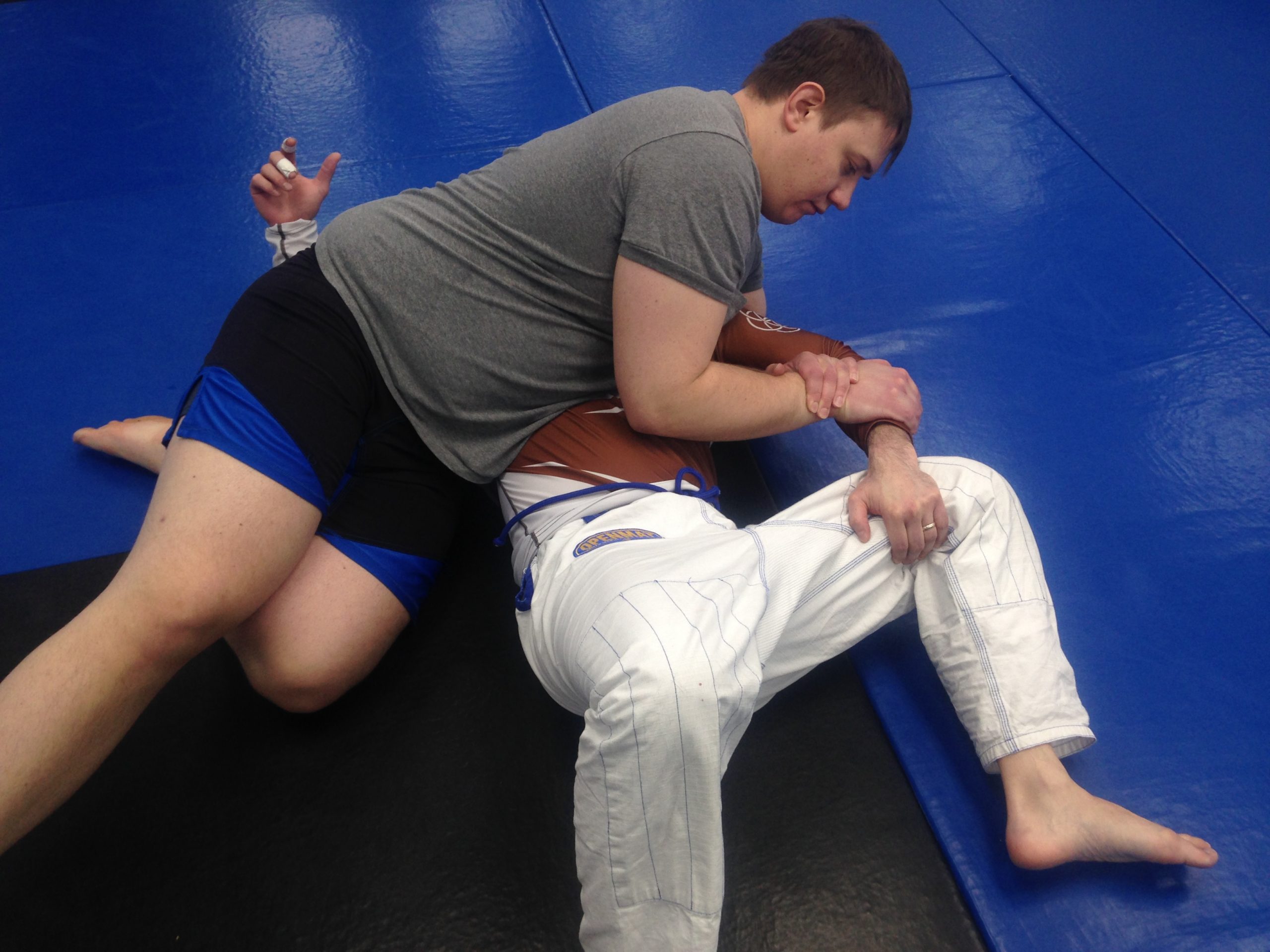






Recent Comments